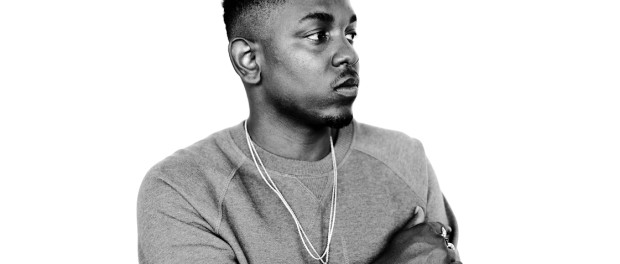Review of To Pimp a Butterfly : The Poetry of Kendrick Lamar
More than anything else, Kendrick Lamar considers himself a writer. On his latest album, To Pimp a Butterfly, he defends this artistic assignation by switching styles. The now classic Good Kid, M.A.A.D. City, played out like a short-story collection. Each song had an individual narrative but thanks to cleverly placed “skit” tracks, the themes and stories were highlighted and masterfully woven together. In contrast, To Pimp a Butterfly is more like a poetry collection. Emotions run much higher over its sixteen tracks. Anger and sadness are its driving forces but they’re tempered with substantial doses of hope and faith. In that way, much of the lyrics on To Pimp a Butterfly sound like something you might hear at a poetry slam. The album is also loaded with spoken worded intros spread throughout the record and by the end they become a long-form poem that ties up the album’s diverse lyrical topics into one concise piece, a creative technique Kendrick is prone to. For Free (Interlude) embraces the poetic direction most heavily. Employing a goofy vocal style that forces the listener to pay closer attention to the very serious lyrical content, For Free is To Pimp a Butterfly’s only example of Kendrick intentionally toning down the intensity of its message.
The polar opposites of this technique are found in the overwhelming and powerful track “u”. Anger and sadness are found in equal measure over the course of its four and a half minute running time and the emotional divide makes it sound like two songs in one. The first half drips with self-hate and a spiteful rage for allowing himself to feel it. The second half is delivered in a squeaky, sorrowful voice as if he’s rapping through tears. As if to lift the tension and remind the listener of TPAB’s ultimately hopeful message, Kendrick follows “u” with the lyrically upbeat “Alright”.
Musically, To Pimp a Butterfly doesn’t tread far from Kendrick’s usual output but melds the jazz sound of his debut Section 8.0 and the heavy funk that dominated Good Kid, M.A.A.D City. The one track that stands out as musically different from the rest is the deliciously dark and angry, The Blacker the Berry. Its heavy drums, vocals effects on the hook and Assassin’s dancehall vocals in the chorus give it a modern air like something that could’ve been heard on Kanye West’s Yeezus album, a record on which Assassin made an appearance.
Both Blacker the Berry and i were released as singles before the record but the versions that appear on the official release are different than the first versions we were given. The intro to The Blacker the Berry features subtle female vocals that act as a red herring for the aggressive onslaught you’re about to experience. The changes in i are much larger. It opens with an introduction that recreates the sound of a show before Kendrick takes the mic. The celebratory chant of “I love myself” is sung by a female voice instead of Kendrick. Kendrick’s voice is much rougher on this version and the lyrics are different, making it sounds like a freestyle on the first listen. The song is eventually interrupted for a little speech from Kendrick and then an acapella verse that closes the song.
This shift in tone and the socio-political nature of the speech Kendrick gives are the perfect example of how To Pimp a Butterfly uses tradition and self-reflection to create something familiar but evolved beyond what rap music has accomplished so far. Congrats, King Kendrick. You did what I thought would be impossible, matching and then surpassing the quality of your already stellar catalogue.
Kendrick Lamar’s To Pimp a Butterfly is out now.






